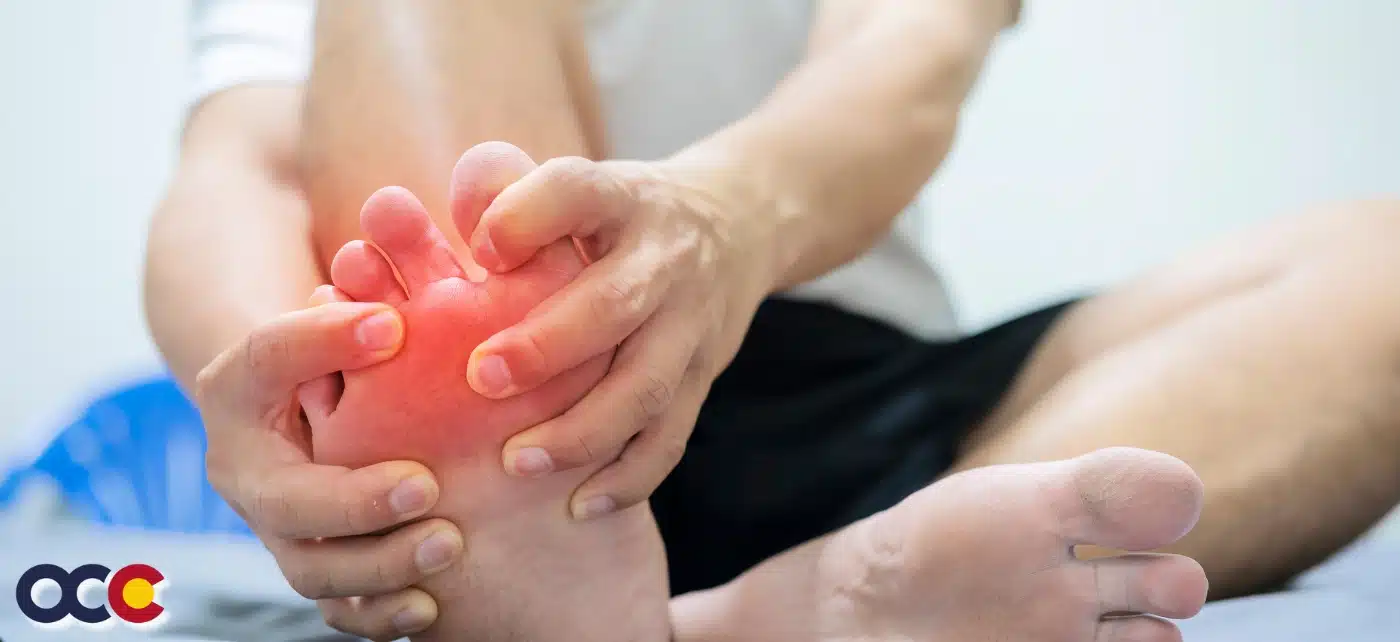Ski season is in full swing and a long day on the slopes can be exhausting – in a good way. But your après ski pain should be limited to a little post-workout soreness, and not pain from your ski boots. Sometimes described as a good, firm handshake, a proper ski boot fit should provide three things:
1. Free toes
2. Comfortable, yet fitted instep and shin pad
3. Snug heels
Correct fit can help address many common problems, so be sure to get a proper fitting and avoid buying new boots based on price alone. If you’ve been suffering in your boots for years, maybe it’s time for a new fit. But before you go shopping consider these three common contributors to ski boot pain:
1. Boots too tight or too loose: It seems like an easy thing to get right, but you’d be surprised at how many people wear boots that do not fit. Overly snug boots give you that tingly “pins and needles” feeling and can reduce circulation in the foot. On the other hand, pronation is one of the most common foot presentations, and without the proper stability and support of a secure fit, it can cause extreme pain. Pronation affects several bones in the top of the ankle, and leads to compensation and coping responses that include toe pain from pressure at the front of the boot, cramping arches, numbness, and knee pain from improper foot/leg alignment. A secure fit across the top of the foot is important to help hold pronating feet in place.
2. Ill-fitting footbeds or insoles: We can customize almost any product we buy these days – so don’t overlook this option when buying boots. Stock insoles are for stock feet. Insoles and footbeds provide support for your foot and arches. The less common supinating foot has a tendency to maintain a high arch and faces greater obstacles in proper ski boot fitting because of the rigid nature of the foot. One of the easiest ways to ensure proper arch support is to invest in a custom insole or footbed that meets the needs of your own foot.
3. Inadequate heel height: if your ankle’s range of motion is limited, or you have tight calves, the height – or ramp – of your heel may need to be raised to you to achieve the proper skiier’s position and pull your toes away from the front of the boot. A heel ramp can be increased in your boot or with binding adjustments – so be sure you are considering their collective position before making changes, and work with a professional who can determine the proper angle for you.
Listen to your feet. If your foot or ankle only hurts in your ski boot, there’s a good chance you can fix the problem by fixing your boot.

Foot and Ankle
Bone Spurs
The average person who lives to be 80 years old will walk the equivalent of five times around the world. That’s a lot of steps. So, it’s not surprising that many people develop foot and ankle problems, including bone spurs. Although they can develop on the hands, knees, and spine, they’re







